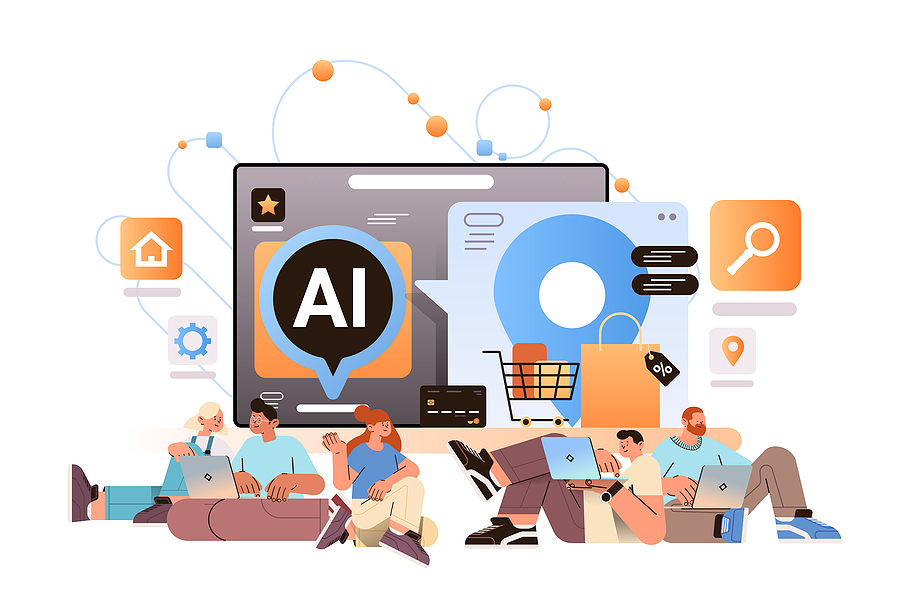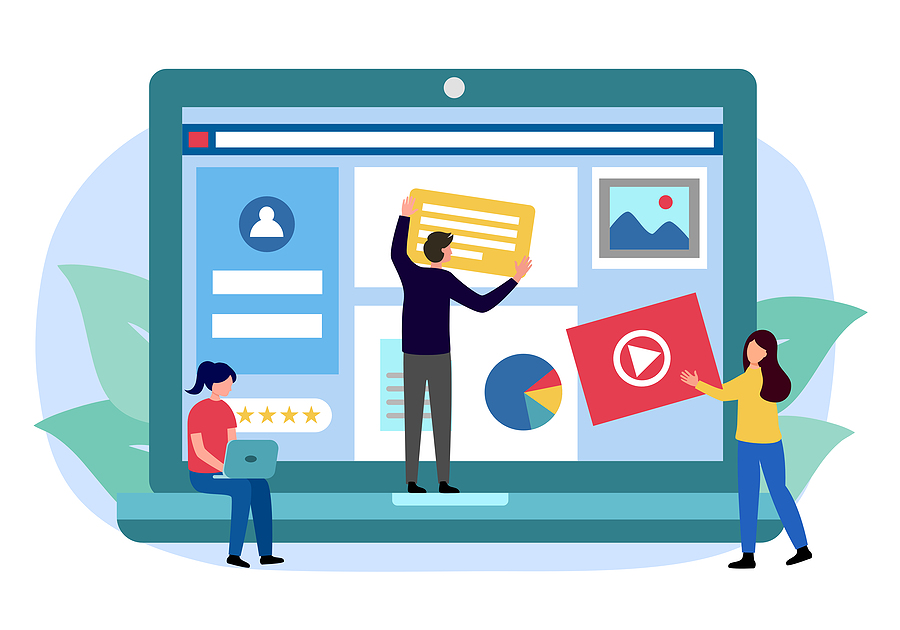Codeias is used to treat mild-to-moderate types of development pain.
What Is The Role Of Psychology In UX Design?
- By Sarah
- General News
- 591 Views
- 12th June 2023
The importance of user experience (often abbreviated to UX) in web design and development is undisputed. However, exactly how UX is defined and interpreted is still a rather subjective matter. One of the most important factors to get right is an understanding of how the target audience thinks and feels, and what their needs are.
This foregrounding of human behaviour is referred to as the psychology of UX design. It’s about anticipating the target audience’s reaction at every step, so the website can be optimised to provide them with a smooth and supportive journey, rather than one packed with frustration and confusion. Here are some of the main principles to bear in mind.

Don’t make users work hard
When we click onto a website, we want to accomplish our goal with the least amount of effort. This is not laziness, but a natural trait of human behaviour. We are hardwired to avoid expending unnecessary energy, and humans will always choose the shorter path unless there is a compelling reason not to.
To put this principle into practice, think about how you can make life easier and simpler for your target user. For example, if your website contains a lot of detailed information about a product or service, break it down into manageable chunks and include plenty of illustrations, infographics, recap bullet points, and so on.
Most people learn by doing rather than passively reading instructions, so always try to show rather than tell. For example, you could include explainer videos or links to demo documents so that the user can see or do the action for themselves. Ideally, limit each set of instructions to three or four steps to avoid cognitive overload.
Don’t try to be too different
It might be tempting to try and reinvent the wheel in the process of striving for a unique website that really stands out, but deviating too far from expected norms can frustrate your user. Much of human behaviour is based on habit and memory, and if a menu or side panel is in an unusual place, this will cause annoyance and confusion.
Less is more when it comes to web design. A standard layout with navigation bars near the header at the top of page is what the majority of your users expect. Don’t try to be different with links and buttons in unusual places. If you have a lot of content on your website, limit the main menus to broad categories and add further sections to these with a drop down list.
Make it easy to connect
Humans are naturally social creatures, and even when using technology they will always look for a way to make human connections. Make it easy for people to get in touch with you or your customer team with a range of options. Using chatbots is fine to deal with basic queries that you get asked repeatedly, but also have other ways of getting in touch.
Links to your social media platforms from your website are a great way to boost the interactivity of your audience, and will also help to create organic word of mouth marketing. Where appropriate, integrate buttons for social media sharing with your content.
When deciding whether to use a product or service, people tend to seek out social validation. In other words, if they see recommendations or reviews on Facebook and so on from people that they know or sources that they trust, they will be more likely to become a customer themselves.
Client testimonials and case studies from previous satisfied customers are also a great way to add validation to your business.
Make the sure the website is aesthetically pleasing
Human beings are programmed to respond to beauty, and this applies to web design as well as a scenic landscape or an attractive person. Although beauty is a subjective concept, in terms of web design it is closely tied in with a good user experience.
For example, a clear interface where the elements are well spaced out and there is a good level of contrast between the foreground and background colours will be both visually pleasing and easy to use. As a general principle, it is best to use a limited palette of two or three colours and stick to one or two styles of font.
It is important to keep up with trends in graphic design to make sure that your website looks fresh and contemporary, but this should never be at the expense of the readability, navigation, or clear purpose of the site.
If you are looking to outsource web development services, please get in touch today.









